Home>Garden Essentials>How To Kill Invasive Ground Cover


Garden Essentials
How To Kill Invasive Ground Cover
Modified: March 7, 2024
Want to get rid of invasive ground cover in your garden? Learn effective methods and tips on how to kill these unwanted plants and reclaim your garden space.
(Many of the links in this article redirect to a specific reviewed product. Your purchase of these products through affiliate links helps to generate commission for Storables.com, at no extra cost. Learn more)
Introduction
Welcome to this comprehensive guide on how to effectively kill invasive ground cover in your garden. Invasive ground covers can quickly take over your landscape, choking out desirable plants and causing significant damage to your garden ecosystem. Whether you are dealing with aggressive vines, spreading grasses, or invasive weeds, understanding the best control methods is essential to reclaiming your garden space.
When it comes to invasive ground cover, prevention is key. However, if these plants have already established themselves in your garden, it’s important to take action to eradicate them. In this article, we will explore various techniques to identify, assess, and effectively eliminate invasive ground covers, ensuring your garden remains healthy and vibrant.
Before diving into the specific control methods, let’s first gain a better understanding of what exactly invasive ground cover is.
Key Takeaways:
- Invasive ground cover can harm your garden, but by using methods like hand-pulling and selective herbicides, you can effectively control and manage these pesky plants, restoring balance to your outdoor space.
- Early detection and combining control techniques are key to successfully combating invasive ground cover. By fostering a diverse garden ecosystem and seeking expert guidance, you can reclaim your garden from these invasive plants.
Read more: What Ground Cover Is Not Invasive
Understanding Invasive Ground Cover
Invasive ground cover refers to plant species that spread aggressively, quickly dominating the surrounding environment and displacing native vegetation. These plants have a high reproductive rate and possess characteristics that allow them to outcompete other plants for resources such as sunlight, water, and nutrients.
One of the main challenges with invasive ground cover is their ability to adapt and thrive in a wide range of growing conditions. They can tolerate varying soil types, moisture levels, and light conditions, making it difficult to contain their spread. Additionally, some invasive ground covers have the ability to reproduce through multiple means, including seed production, underground rhizomes or stolons, and even vegetative propagation.
When left unchecked, invasive ground covers can cause havoc in your garden or landscape. They can form dense mats that prevent the establishment of desirable plants, inhibit natural seedling recruitment, and create a monoculture where biodiversity is severely limited. Furthermore, their aggressive growth can even disrupt the natural water flow and nutrient cycles in the ecosystem.
It’s important to note that not all ground covers are invasive. Many species serve as valuable additions to the garden, providing erosion control, weed suppression, and aesthetic appeal. However, when selecting ground cover plants, it’s crucial to research their growth habits and invasive tendencies to ensure they do not pose a threat to the surrounding environment.
By understanding the characteristics and behaviors of invasive ground covers, you can better equip yourself with the knowledge needed to identify and manage these problematic plants effectively.
Identifying Common Invasive Ground Covers
When it comes to combating invasive ground covers, accurate identification is crucial. Differentiating between desirable ground covers and invasive species can be challenging, as some invasive plants may visually resemble harmless options. However, there are key characteristics to look for that can help you identify common invasive ground covers.
1. Rapid Growth: Invasive ground covers often exhibit rapid growth rates, outpacing other plants in the area. They may quickly spread through rhizomes, stolons, or extensive root systems, covering large areas in a short period.
2. Aggressive Spreading: Invasive ground covers have a tendency to aggressively spread, choking out nearby vegetation. They may establish dense mats, preventing the growth of other plants and reducing biodiversity.
3. Smothering Behavior: These plants possess a smothering behavior, meaning they can prevent the germination and growth of desired plants by blocking out sunlight, air circulation, and even nutrients.
4. Lack of Natural Predators: Invasive ground covers often lack natural predators or diseases that could control their growth. This allows them to reproduce and prosper without any natural checks on their population.
Some common types of invasive ground covers include:
– English Ivy (Hedera helix): English Ivy is a fast-growing vine that can quickly smother trees, shrubs, and other plants. It can form dense mats that prevent the penetration of sunlight and block the growth of native species.
– Japanese Knotweed (Fallopia japonica): Japanese Knotweed is a herbaceous perennial that forms dense thickets, outcompeting native species. Its rapid growth and extensive root system make it difficult to control.
– Creeping Charlie (Glechoma hederacea): Also known as ground ivy, Creeping Charlie is a low-growing perennial that spreads through above-ground stolons. It can quickly cover large areas of the garden, suppressing other plants.
– Kudzu (Pueraria montana): Known as “the vine that ate the South,” Kudzu is an extremely aggressive climbing vine. It can grow up to a foot per day and can smother trees, buildings, and other structures.
– Vinca Minor (Vinca minor): Commonly known as periwinkle, Vinca Minor is a trailing evergreen vine that can form dense mats in forested areas, crowding out native vegetation.
These are just a few examples of invasive ground covers, and there are many others to be aware of. It’s essential to consult with local gardening resources, extension services, or experts to identify specific invasive species in your region.
Being able to identify common invasive ground covers will empower you to take appropriate action and implement effective control methods to combat their spread.
Assessing the Extent of the Invasion
Before diving into control methods, it’s crucial to assess the extent of the invasion in your garden or landscape. Understanding the scope and severity of the infestation will help you determine the most appropriate course of action and allocate resources effectively.
Here are some steps to assess the extent of the invasion:
1. Survey the Area: Take a thorough walk around your garden and identify all areas where invasive ground cover is present. Make note of the different species and their distribution patterns. Pay attention to areas of high density and areas where native plants are being overtaken.
2. Determine the Spread: Measure the size of the invaded area to estimate the extent of the infestation. This will help you determine the scale of control measures needed and whether professional assistance may be necessary for larger areas.
3. Assess the Impact: Evaluate the impact of the invasive ground cover on the overall health and biodiversity of your garden. Note any negative consequences such as prevented growth of desired plants, reduced wildlife habitat, or disruption of natural ecosystems.
4. Consider Surrounding Areas: Invasive ground covers have the potential to spread beyond your garden boundaries. Assess nearby natural areas, neighboring gardens, and potential sources of infestation. This will give you a better understanding of the potential for reinfestation and inform your management strategies.
5. Seek Professional Guidance: If you have difficulty identifying the invasive species or assessing the extent of the invasion, consider reaching out to local gardening experts, extension services, or landscape professionals for assistance. They can provide valuable insights and help develop a comprehensive management plan.
Remember, a thorough assessment is essential to create an effective control strategy tailored to your specific situation. It will also help you set realistic expectations and goals for managing the invasive ground cover.
Once you have assessed the extent of the invasion, you can move on to selecting the most appropriate control methods to eradicate the invasive ground cover and restore balance to your garden.
Selecting the Most Effective Control Methods
When it comes to controlling invasive ground cover, there are several approaches you can take. The selection of control methods will depend on factors such as the type of invasive plants, the extent of the infestation, and your personal preferences. It’s important to choose a combination of techniques that will provide the most effective and sustainable results.
Here are some of the most common control methods for invasive ground cover:
1. Mechanical Control Techniques: Mechanically removing invasive ground cover can be an effective method, especially for smaller infestations. Options include hand-pulling, digging, mowing, cutting, or using tools like weed wrenches to uproot or sever the plants. However, be cautious not to spread plant fragments or seeds during the removal process, as they can take root and cause further infestations.
2. Chemical Control Techniques: Herbicides can be an effective tool for controlling invasive ground cover when used correctly. Selective herbicides specifically target the invasive species, while non-selective herbicides kill all vegetation. It’s essential to carefully read and follow the herbicide label instructions, including application rates and timing, to minimize impacts on non-target plants and the environment. Consider consulting with a professional or local extension service for advice on herbicide selection and application.
3. Biological Control Measures: Biological control involves using natural enemies such as insects, pathogens, or grazing animals to control the spread of invasive ground cover. This method requires careful consideration and is typically undertaken by experts. Biological control is a long-term strategy that aims to reduce the population and spread of invasive plants over time. It’s important to note that introducing biocontrol agents should be done with caution, as they can have unintended impacts on non-target species.
4. Integrated Pest Management (IPM): IPM involves combining multiple control techniques to effectively manage invasive ground cover. This approach integrates cultural, mechanical, chemical, and biological control methods while considering environmental, social, and economic factors. By adopting a holistic approach through IPM, you can achieve long-term management of invasive species while minimizing negative impacts.
It’s crucial to assess the advantages and limitations of each control method and choose the ones that align with your goals and resources. In some cases, a combination of techniques may be necessary to achieve effective control. Always follow recommended practices and safety guidelines when implementing control methods.
By carefully selecting the most appropriate control methods, you can effectively combat invasive ground cover and restore the health and biodiversity of your garden.
Read more: How To Kill Ivy Ground Cover
Mechanical Control Techniques
Mechanical control techniques can be highly effective for managing invasive ground cover, particularly for smaller infestations or areas where chemical control may not be desired. These methods involve physically removing or disrupting the invasive plants to prevent their spread. Here are some common mechanical control techniques:
1. Hand-Pulling: Hand-pulling is a straightforward and cost-effective method that can be used for small-scale infestations or individual plants. Ensure you remove the entire plant, including the roots, to prevent regrowth. It is important to pull the plants when the soil is moist, as it will make it easier to extract the entire root system.
2. Digging: For more established or deeply rooted invasive ground cover, digging can be an effective approach. Use a garden spade or fork to dig up the plants, making sure to remove as much of the root system as possible. Be thorough during this process to prevent re-sprouting.
3. Mowing or Cutting: Regularly mowing or cutting the invasive ground cover can help weaken and control its growth. However, this method may not be suitable for all plants, as some invasive species can regenerate from roots or fragments. Monitor the plants closely after cutting to ensure they do not bounce back stronger.
4. Smothering: Smothering involves covering the invasive ground cover with a thick layer of mulch or a non-porous material to deprive it of sunlight and interrupt its growth. Use materials such as cardboard, newspaper, black plastic, or landscape fabric. Secure the materials in place and monitor periodically to ensure the ground cover is effectively smothered.
5. Weed Wrenches or Pullers: Weed wrenches or pullers are specialized tools designed to extract deep-rooted invasive ground cover, such as vines or shrubs. These tools grip onto the plant’s stem or trunk and provide leverage to uproot it from the ground. Weed wrenches are particularly useful for removing invasive plants with taproots or extensive root systems.
Remember to dispose of the removed plants properly, as some invasive species can still spread if not properly disposed of. Do not compost them, as this may allow them to re-infest your garden or spread to other areas. Instead, check with your local waste management authorities for proper disposal instructions.
Mechanical control techniques may require ongoing efforts to manage regrowth and prevent reinfestation. Regular monitoring and maintenance are crucial to address any new growth promptly. It’s also important to note that mechanical control may not be feasible for extensive or heavily infested areas, in which case a combination of techniques may be necessary.
By using mechanical control techniques appropriately and consistently, you can effectively reduce invasive ground cover and create healthier, more balanced garden spaces.
To kill invasive ground cover, use a non-selective herbicide containing glyphosate. Apply it on a dry, windless day to avoid drift and follow the label instructions carefully.
Chemical Control Techniques
Chemical control techniques can be highly effective for managing invasive ground cover when used correctly. However, it’s important to approach chemical control with caution, as improper use can harm desirable plants, contaminate water sources, and pose risks to human and environmental health. Always read and follow the manufacturer’s instructions and consider consulting with a professional or local extension service before using herbicides. Here are some common chemical control techniques:
1. Selective Herbicides: Selective herbicides specifically target the invasive ground cover while minimizing harm to desirable plants. These herbicides are designed to control certain types of weeds or invasive species without significantly affecting non-target plants. Read the label carefully to ensure the herbicide is suitable for controlling the specific invasive species you are targeting.
2. Non-Selective Herbicides: Non-selective herbicides are designed to kill all vegetation they come into contact with. These herbicides should be used with caution, as they can harm desirable plants as well. Non-selective herbicides are best suited for areas where you want to completely clear the ground cover before replanting or when manual removal is not feasible.
3. Application Methods: Effective herbicide application is crucial for maximizing control and minimizing potential adverse effects. Follow the recommended application rates, timing, and method as instructed on the herbicide label. This may include spraying directly onto the foliage of the invasive ground cover or applying the herbicide to the soil to target the root system.
4. Spot Treatment: Spot treatment involves applying herbicide directly to the target plant while minimizing contact with nearby desirable vegetation. It’s a targeted approach that allows for more precise control and reduces the risk of harming non-target plants. Spot treatment is particularly useful for controlling scattered or isolated patches of invasive ground cover.
5. Timing: The timing of herbicide application can greatly affect its effectiveness. In general, herbicides are most effective when the invasive ground cover is actively growing and when weather conditions are favorable. Follow the specific timing recommendations provided by the herbicide manufacturer for optimal results.
6. Safety Precautions: When using herbicides, it is essential to take appropriate safety precautions. Wear appropriate protective clothing, such as gloves, goggles, and long sleeves. Avoid applying herbicides on windy days to prevent drift, and keep children and pets away from treated areas until the herbicide has dried or as instructed on the label.
Chemical control techniques should be used as part of an integrated pest management (IPM) approach. It is often best to combine chemical control with other methods, such as mechanical removal, to achieve long-term management of invasive ground cover. Regular monitoring and follow-up treatments may be necessary to address any regrowth or new infestations.
By following proper protocols and guidelines, chemical control techniques can help effectively manage invasive ground cover and restore the health and biodiversity of your garden.
Biological Control Measures
Biological control measures involve utilizing natural enemies of invasive ground cover to reduce their population and impact. This method aims to restore a balance in the ecosystem by introducing organisms, such as insects, pathogens, or grazing animals, that specifically target and control the invasive species. However, it’s important to note that biological control measures should be carefully considered and implemented under the guidance of experts to prevent unintended consequences. Here are some common biological control measures:
1. Biological Agents: Biological agents can be used as a means of controlling invasive ground cover. This involves introducing specific insects, such as weevils or beetles, that feed on the leaves, stems, or seeds of the invasive plant. These insects can help reduce the vigor and reproductive capacity of the invasive species, effectively reducing its spread. However, it’s vital to conduct thorough research and work with experts to ensure that the introduced biological agents are specific to the invasive species and do not pose a threat to non-target plants or beneficial insects.
2. Pathogens: Pathogens, such as bacteria, viruses, or fungi, can be used to target and control invasive ground cover. These pathogens infect the plant and weaken its growth or even lead to its death. Just like with biological agents, it’s critical to carefully select pathogens that are specific to the invasive species and that do not pose risks to non-target plants or the environment.
3. Grazing Animals: Introducing grazing animals, such as goats or sheep, to areas with invasive ground cover can be an effective control method. These animals selectively graze on the invasive plants, reducing their growth and spread. However, it’s important to carefully manage the grazing to prevent overgrazing and damage to desirable plants or the soil. Rotational grazing and proper fencing can help control the animals’ access to specific areas and minimize the risk of unintended damage.
4. Research and Monitoring: Proper research and monitoring are crucial when implementing biological control measures. It’s important to have a thorough understanding of the invasive species and its ecological interactions before introducing biological agents or pathogens. Regular monitoring of the control process is essential to determine its effectiveness and to address any potential negative impacts.
Biological control measures are generally considered a long-term strategy for managing invasive ground cover. It may take time for the introduced biological agents or pathogens to establish and have a significant impact on the invasive species. Additionally, biological control measures are most effective when used as part of an integrated approach that may include other control techniques, such as mechanical or chemical control.
Before embarking on biological control measures, consult with experts in the field, such as local extension services or specialists in invasive species management. They can provide guidance on appropriate biological control options and ensure that the chosen approach does not lead to unintended consequences or ecological imbalances.
By utilizing biological control measures responsibly and with careful consideration, you can effectively manage and control invasive ground cover in an environmentally sustainable manner.
Integrating Control Strategies for Long-Term Management
Integrating control strategies is essential for long-term management of invasive ground cover. By combining different control methods and approaches, you can achieve more effective and sustainable results. Here are some key considerations for integrating control strategies:
1. Identify Key Control Methods: Assess the specific needs and characteristics of the invasive ground cover infestation in your garden. Determine which control methods are most appropriate for the particular plant species, extent of the invasion, and available resources. Consider factors such as the invasiveness of the species, the size of the infested area, and the accessibility of the affected areas.
2. Prioritize Control Efforts: If you are dealing with multiple invasive ground cover species, prioritize your control efforts based on their impacts and the urgency of their removal. Focus on the most aggressive and damaging species first, especially those that threaten native biodiversity or ecosystem health.
3. Combine Mechanical and Chemical Control: Integrating mechanical control techniques, such as hand-pulling or digging, with selective herbicide applications can provide a more comprehensive approach. Start by manually removing visible invasive plants, and then use targeted herbicide applications to address any remaining plants or regrowth. This combined approach maximizes the effectiveness of control efforts.
4. Employ Biological Controls: If appropriate and applicable, consider incorporating biological control measures into your management strategies. Introducing specific insects, pathogens, or grazing animals that target the invasive ground cover can help reduce the population and spread of these plants. However, it’s important to use biological controls cautiously and work with experts to ensure the introduced agents are specific to the target species and do not harm non-target plants or beneficial insects.
5. Regular Monitoring and Maintenance: Long-term management of invasive ground cover requires ongoing monitoring and maintenance. Regularly inspect your garden for signs of regrowth or new infestations and implement control measures promptly. Stay vigilant and address any invasive plants before they have a chance to spread and establish a stronger presence.
6. Foster Healthy and Resilient Ecosystems: Alongside control efforts, focus on creating and maintaining a healthy and resilient garden ecosystem. Promote the growth of desirable native plants that can outcompete the invasive ground cover. Enhance soil fertility and structure to support the growth of robust vegetation. By creating optimal growing conditions for desired plants, you can naturally discourage the establishment and spread of invasive species.
Remember, a combination of control methods and ongoing management is necessary to effectively manage invasive ground cover in the long term. Regularly assess the effectiveness of your control strategies and be prepared to adjust your approach as needed. It’s important to adopt a proactive and holistic mindset to achieve sustainable management of invasive ground cover in your garden.
Best Practices for Killing Invasive Ground Cover
Successfully killing invasive ground cover requires careful planning, proper execution, and ongoing management. By following these best practices, you can maximize the effectiveness of your control efforts and minimize the risks of reinfestation:
1. Identify and Educate Yourself: Accurate identification of the invasive ground cover species is crucial before implementing control measures. Educate yourself about the specific characteristics, growth habits, and invasive tendencies of the plants you are dealing with. This knowledge will help you choose the most appropriate control methods and develop an effective management plan.
2. Start Early: Early detection and quick action are essential in combating invasive ground cover. As soon as you notice any signs of invasive plants in your garden, take immediate steps to control their spread. Early intervention can prevent the infestation from becoming more extensive and more difficult to manage.
3. Combine Control Techniques: Integrating multiple control methods is often the most effective approach. Consider using a combination of mechanical, chemical, and biological control techniques as appropriate for the specific invasive ground cover species and the scale of the infestation. Each method has its advantages and limitations, and combining them maximizes your chances of success.
4. Follow Application Instructions: Whether using herbicides or implementing mechanical control techniques, carefully read and follow the instructions provided by the manufacturer or experts. Improper application can lead to ineffective control, harm to non-target plants, and environmental damage. Use the recommended rates, timing, and methods to ensure the greatest level of success and minimize risks.
5. Take Safety Precautions: When working with herbicides or conducting mechanical control, always prioritize safety. Wear appropriate protective clothing, including gloves, goggles, and long sleeves. Follow safety guidelines and avoid applying chemicals on windy days to prevent drift. Keep children and pets away from treated areas until the herbicide has dried or as instructed on the label.
6. Dispose of Removed Plant Material Properly: After removing invasive ground cover, ensure proper disposal to prevent further spread. Bag the plant material securely and dispose of it according to local regulations. Do not compost invasive plants or dispose of them in natural areas where they can reestablish and cause new infestations.
7. Monitor and Maintain: Regularly monitor your garden for signs of regrowth or new infestations. Implement follow-up control measures promptly to prevent the reestablishment and spread of invasive plants. Ongoing maintenance, such as weeding and managing potential sources of reinfestation, is crucial for long-term success.
8. Foster Biodiversity and Resilience: Enhance the biodiversity and resilience of your garden by promoting the growth of native plants. Cultivate a strong and healthy ecosystem that can naturally resist the establishment and spread of invasive ground covers. Provide optimal growing conditions for desirable plants, such as proper soil fertility, adequate watering, and appropriate sunlight levels.
Remember, killing invasive ground cover is only one part of the equation. It’s equally important to focus on habitat restoration and long-term management to prevent reinfestation. By implementing best practices, staying informed, and staying proactive, you can effectively combat invasive ground cover and maintain a healthy and thriving garden.
Conclusion
Dealing with invasive ground cover in your garden can be a challenging task, but with the right knowledge and strategies, you can take back control of your outdoor space. Throughout this comprehensive guide, we’ve explored various aspects of killing invasive ground cover and achieving long-term management. By understanding the nature of invasive ground cover, identifying common species, assessing the extent of the invasion, selecting appropriate control methods, and integrating strategies, you can effectively combat these pesky plants.
Remember that prevention is key. Whenever possible, research and choose non-invasive ground covers for your garden to avoid introducing potential problems. However, if invasive ground covers have already taken hold, don’t despair. Implementing the best practices of early detection, combining control techniques, following application instructions, taking safety precautions, and disposing of plant material properly will help you overcome these invasive plants.
It’s important to find the right balance between mechanical, chemical, and biological control techniques based on the specific invasive species and the scope of the infestation. Regular monitoring, maintenance, and ongoing management are crucial to prevent regrowth and reinfestation. By fostering a diverse and resilient garden ecosystem, promoting native plants, and creating optimal growing conditions, you can support the long-term management of invasive ground cover.
When tackling invasive ground cover, it can be beneficial to seek guidance from local gardening experts, extension services, or professional landscapers. They can provide valuable insights and advice tailored to your specific region and circumstances.
Remember that eradicating invasive ground cover is an ongoing process that requires patience, persistence, and adaptability. Regularly evaluate and adjust your control strategies as needed, and be prepared to invest the time and effort necessary to maintain a healthy and vibrant garden environment.
By implementing the techniques and strategies outlined in this guide, you can effectively kill invasive ground cover and reclaim your garden space. With diligence and proactive management, you’ll be able to create and maintain a thriving garden that is free from the grip of invasive ground cover.
Frequently Asked Questions about How To Kill Invasive Ground Cover
Was this page helpful?
At Storables.com, we guarantee accurate and reliable information. Our content, validated by Expert Board Contributors, is crafted following stringent Editorial Policies. We're committed to providing you with well-researched, expert-backed insights for all your informational needs.
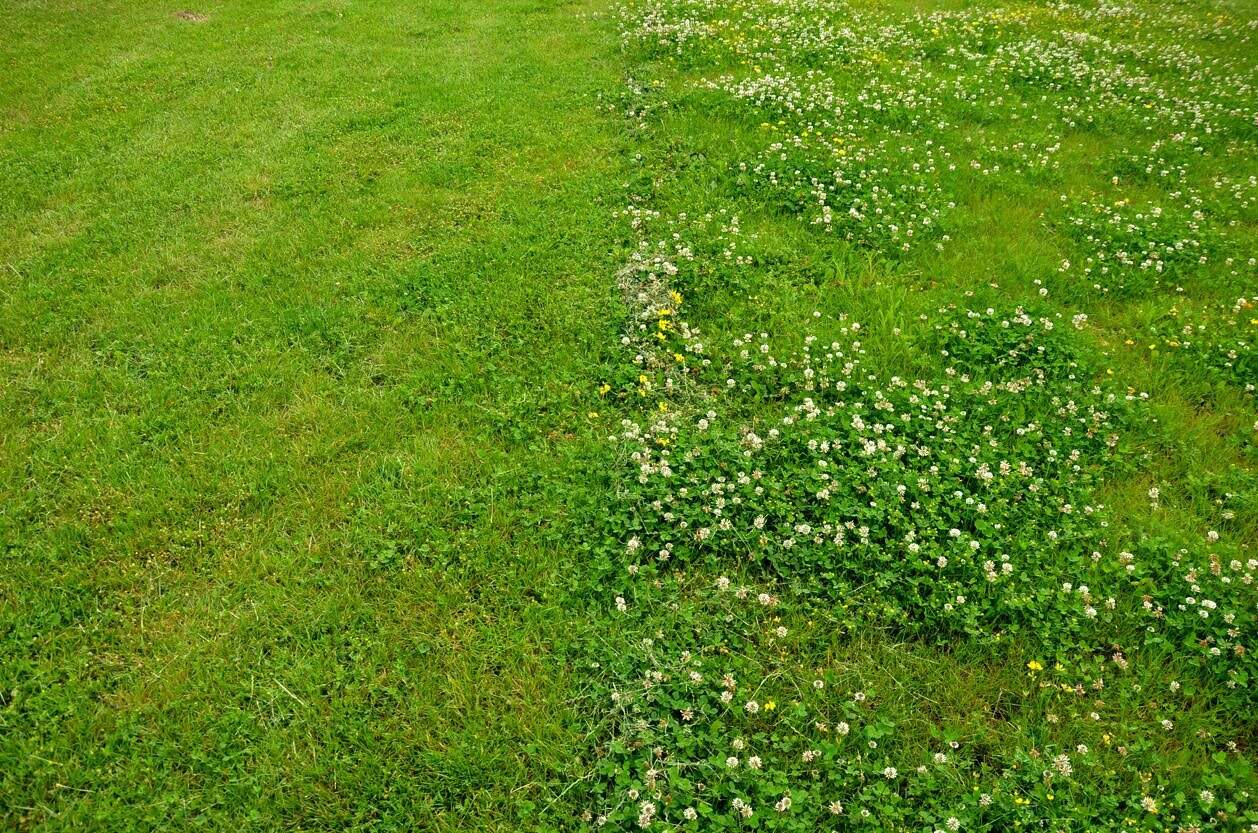
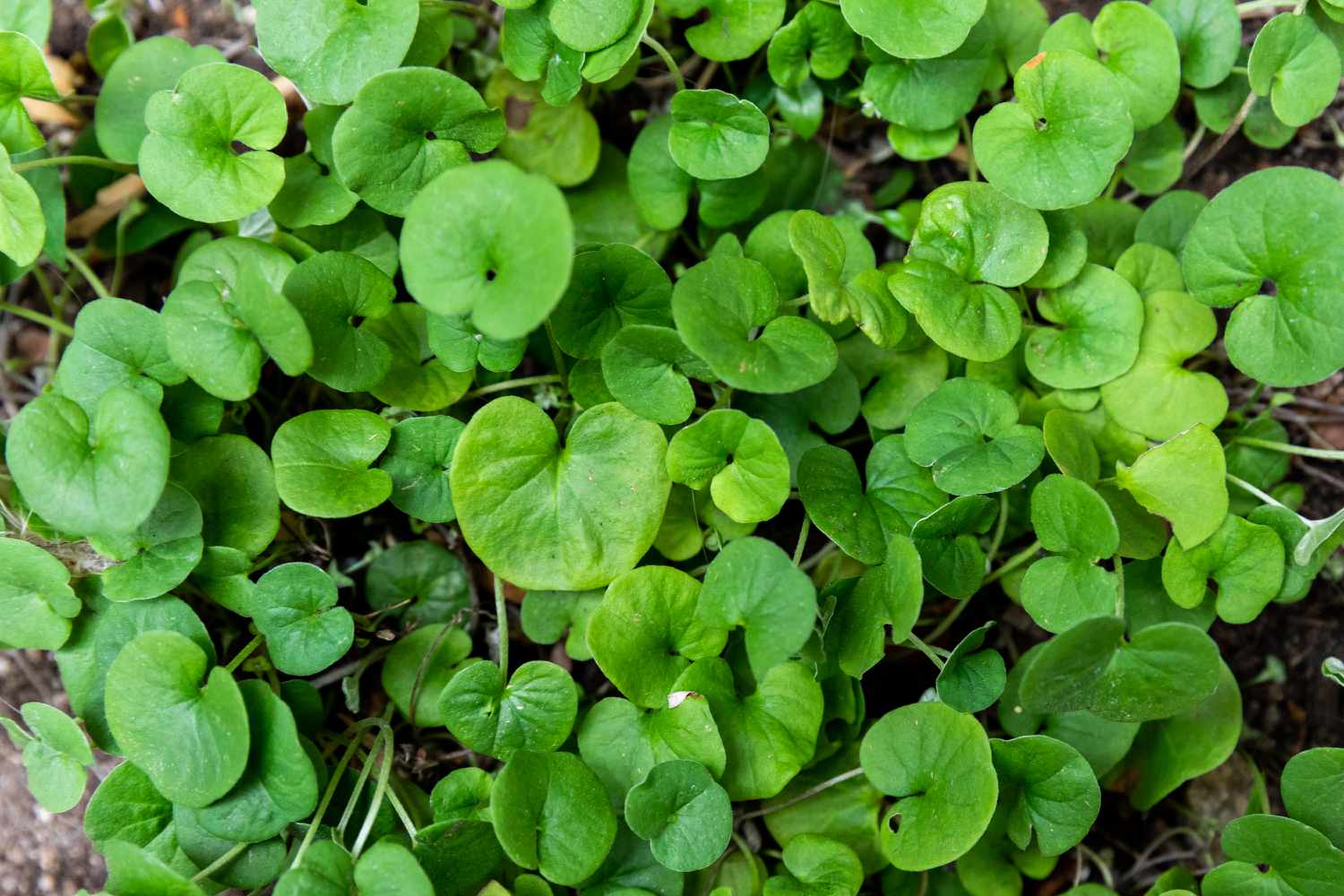
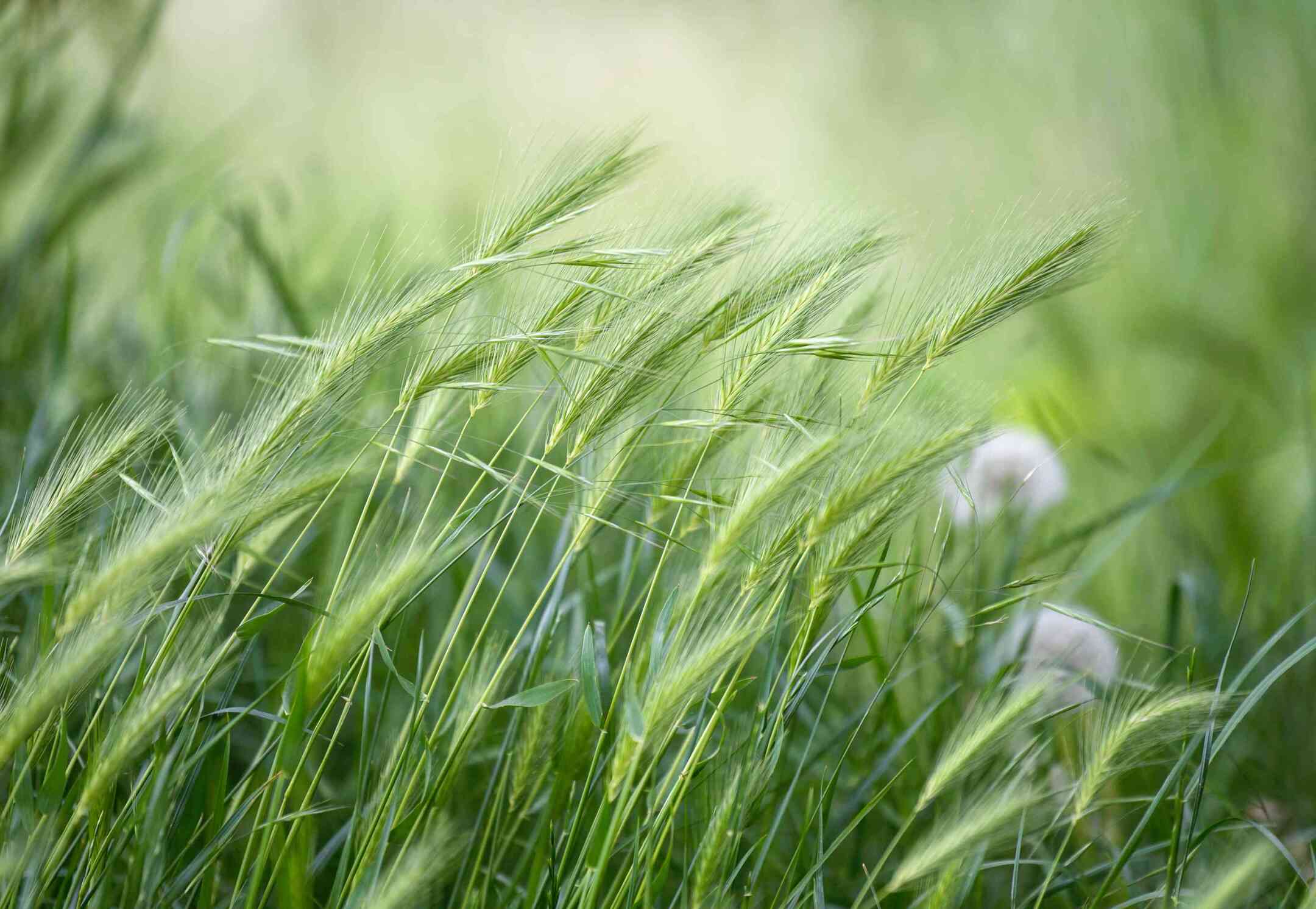

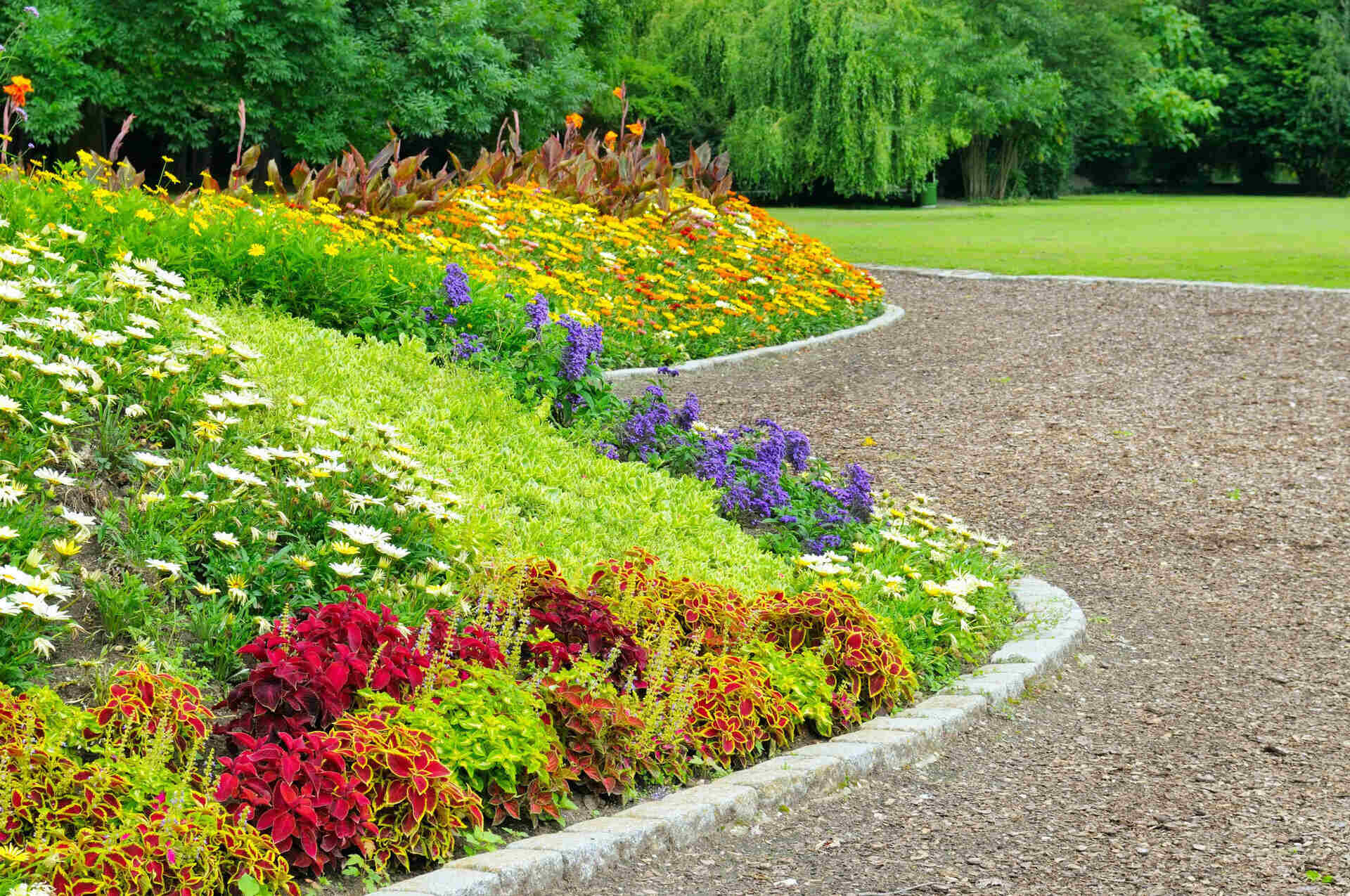
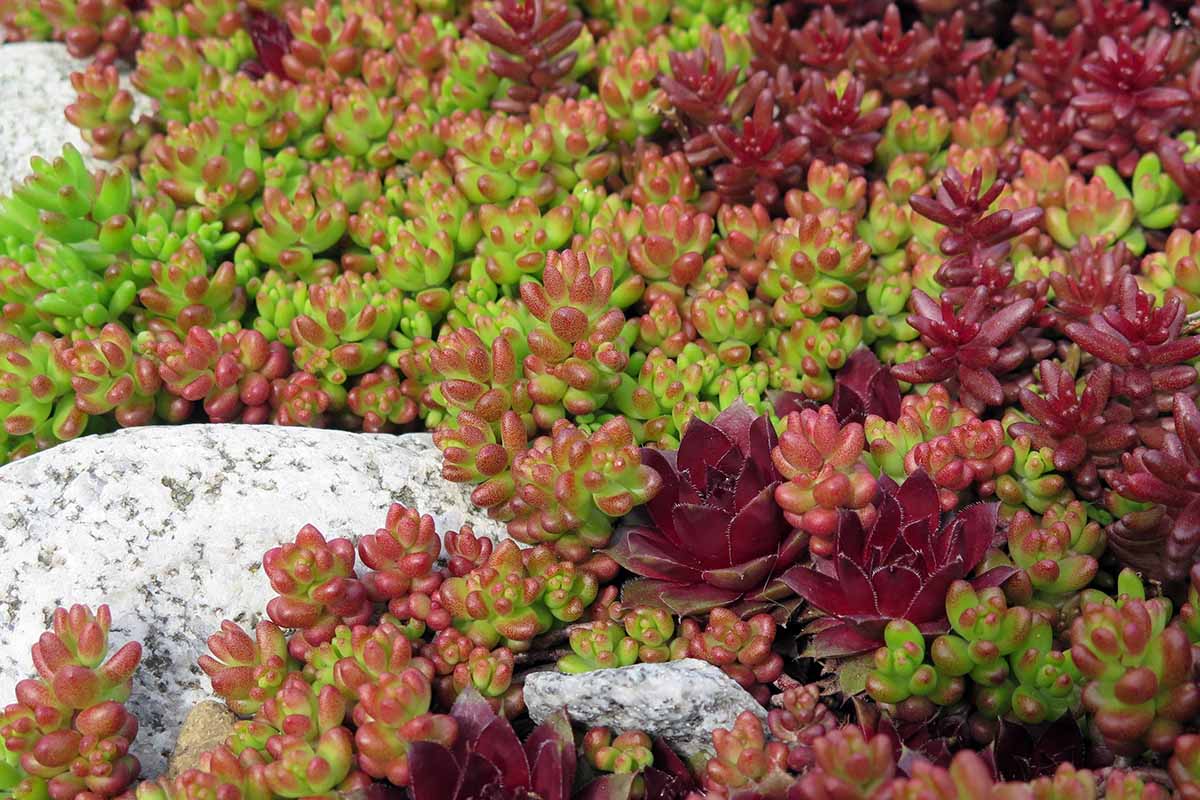
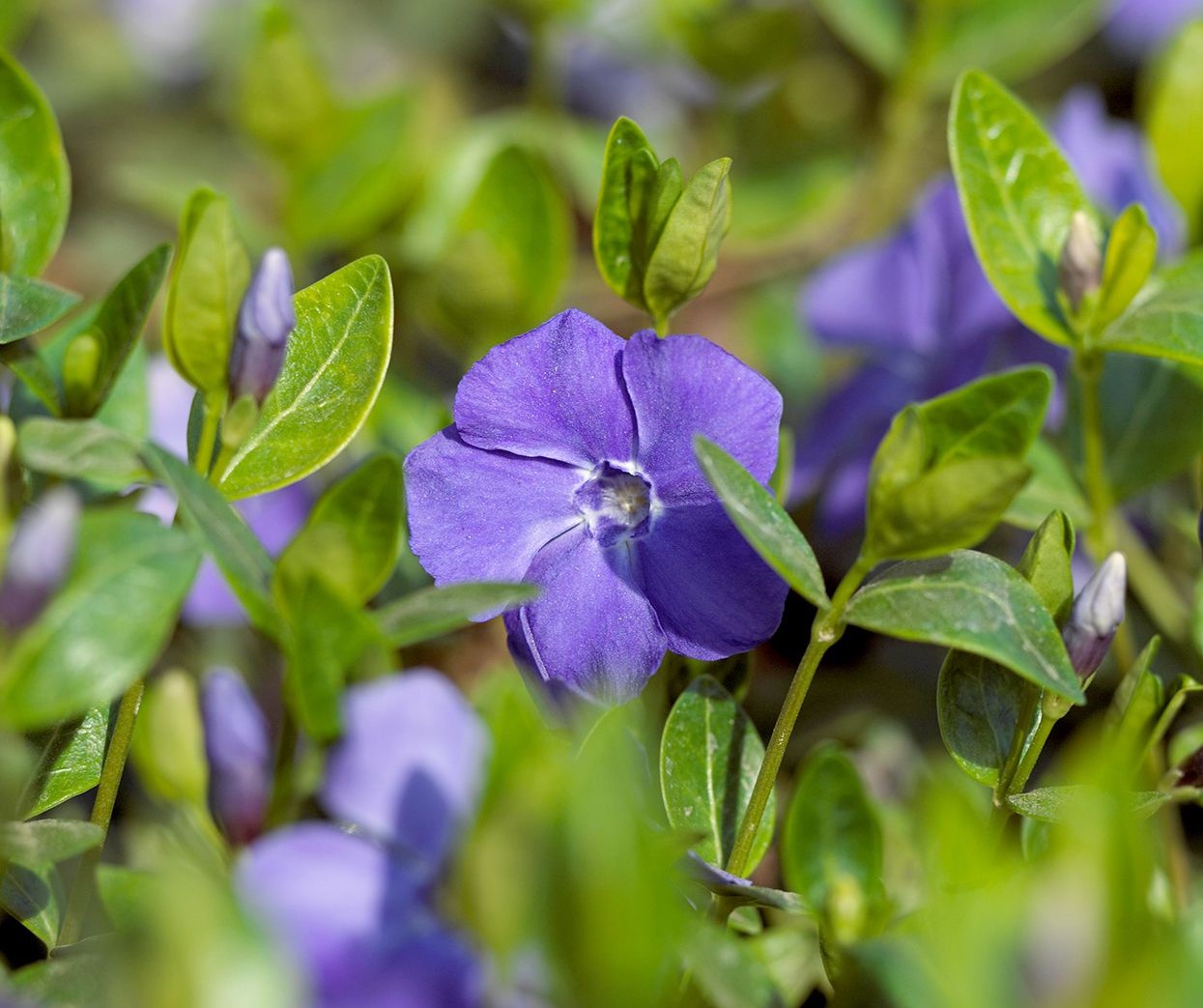


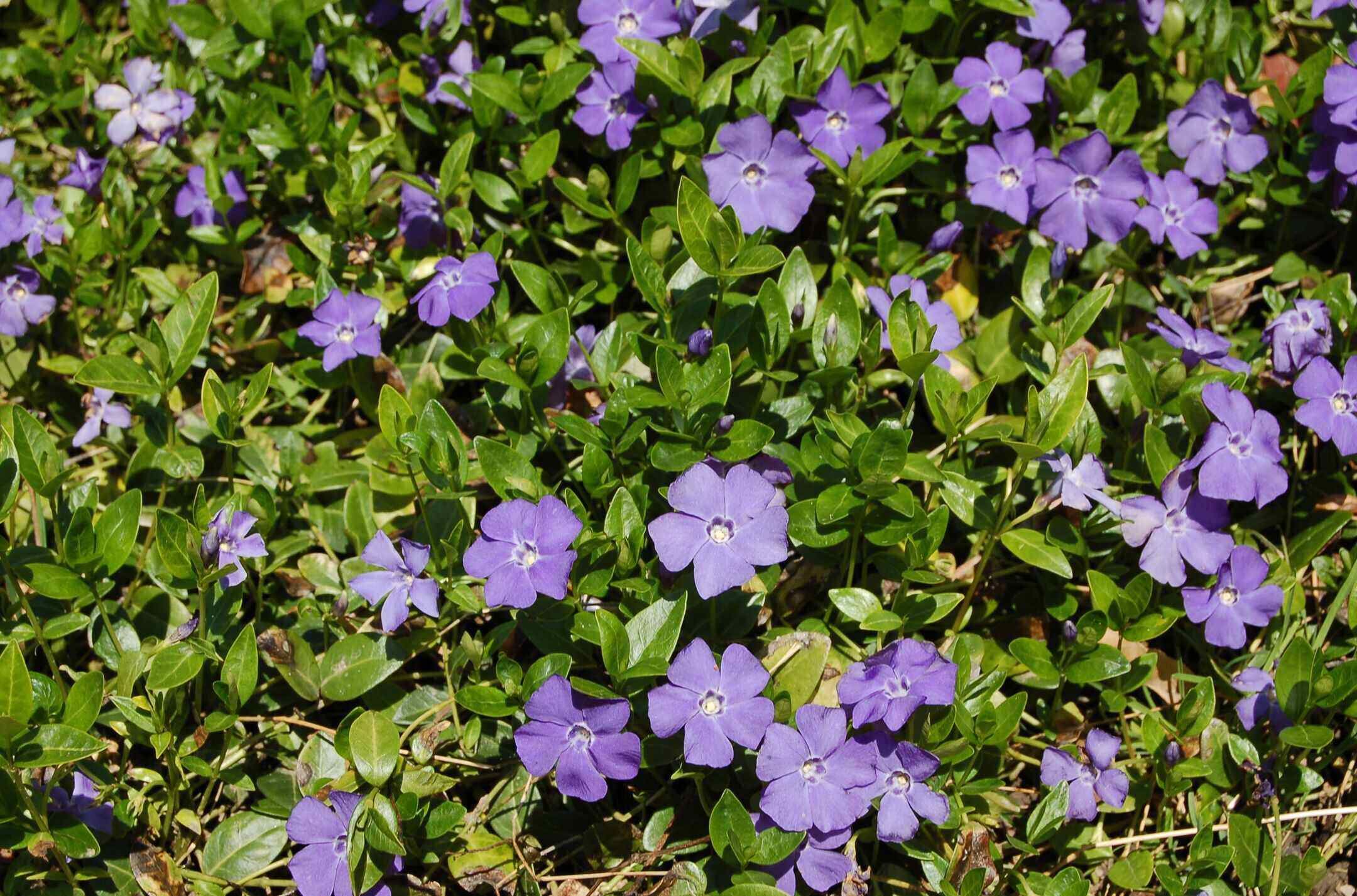
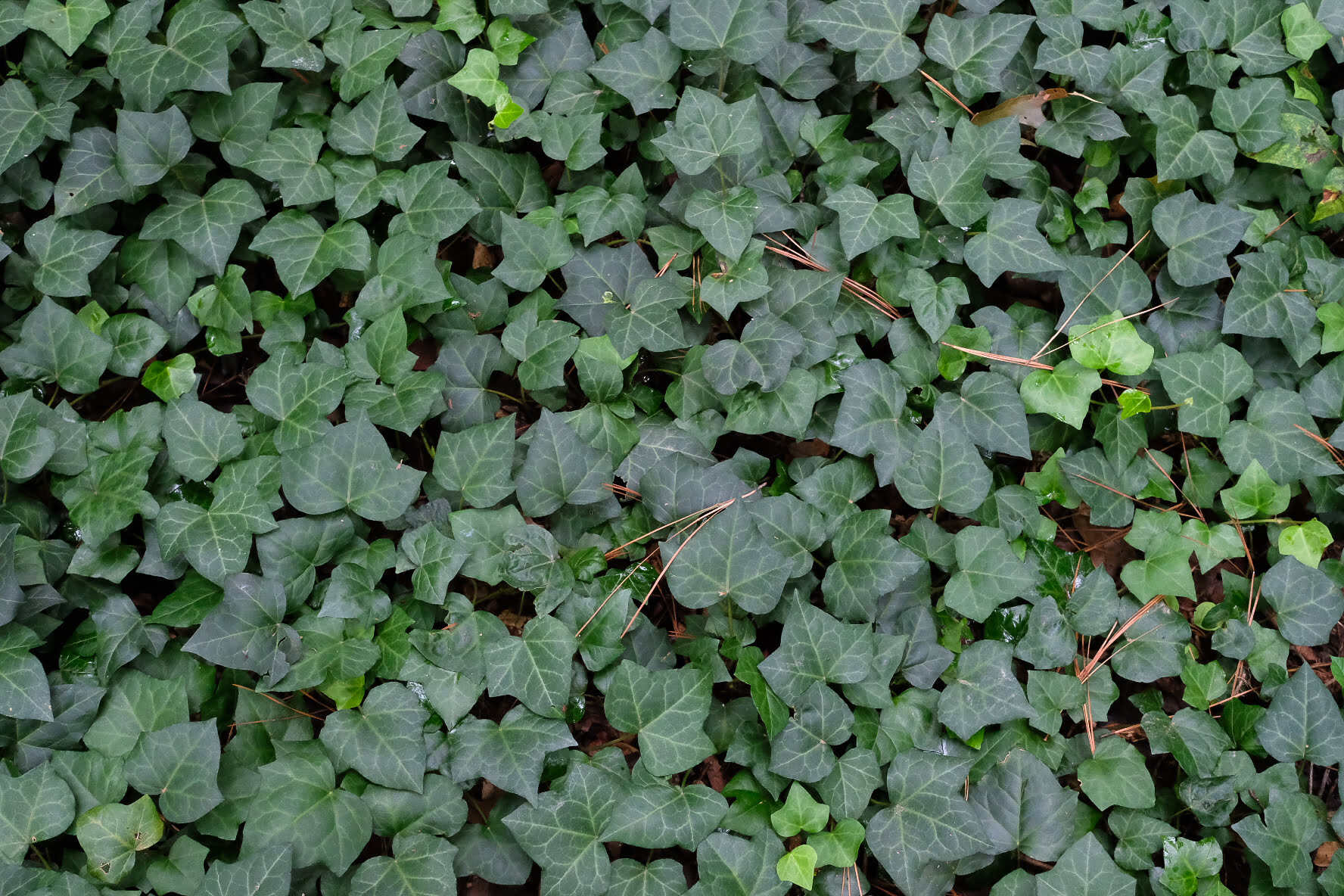
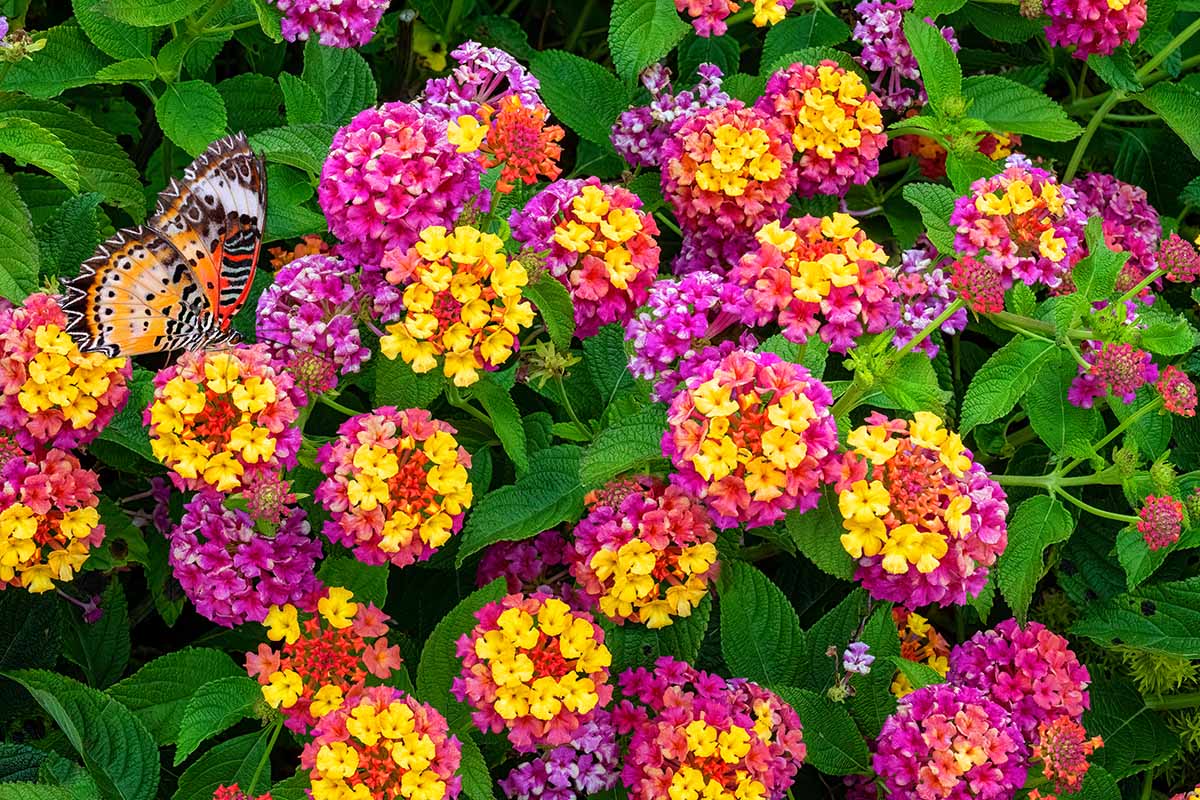
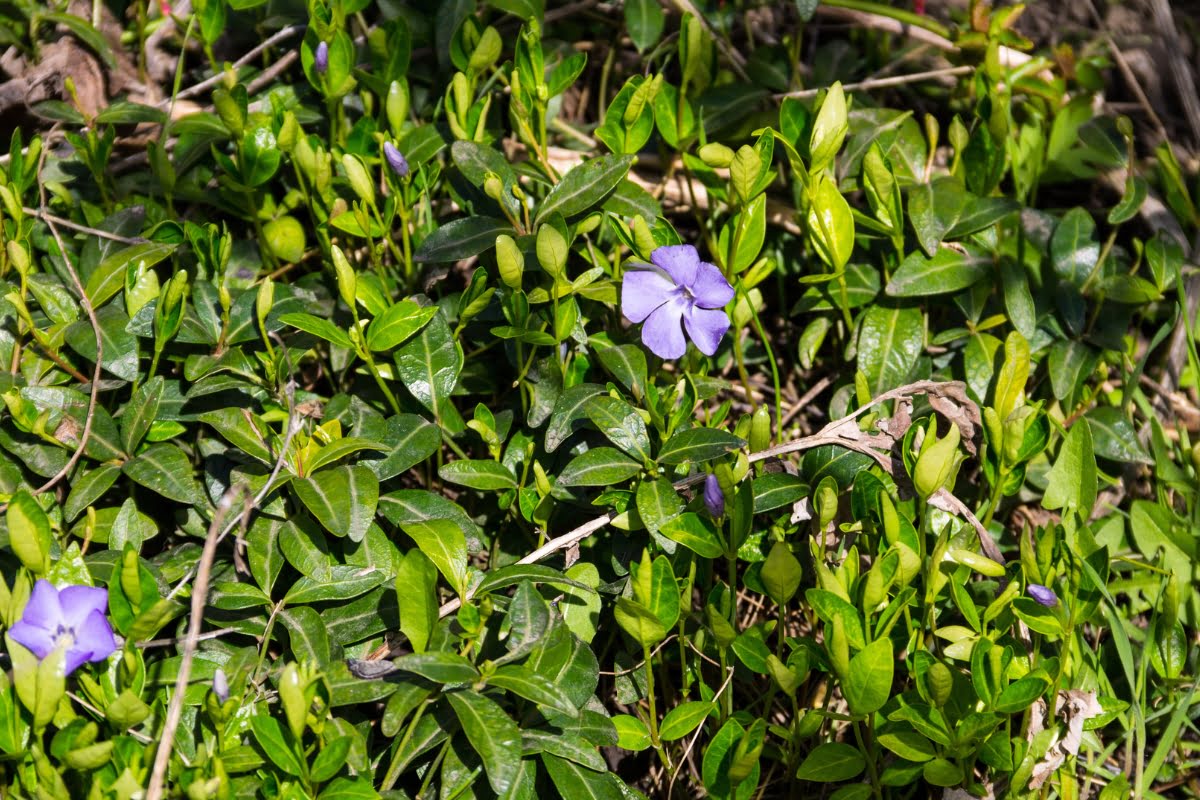

0 thoughts on “How To Kill Invasive Ground Cover”